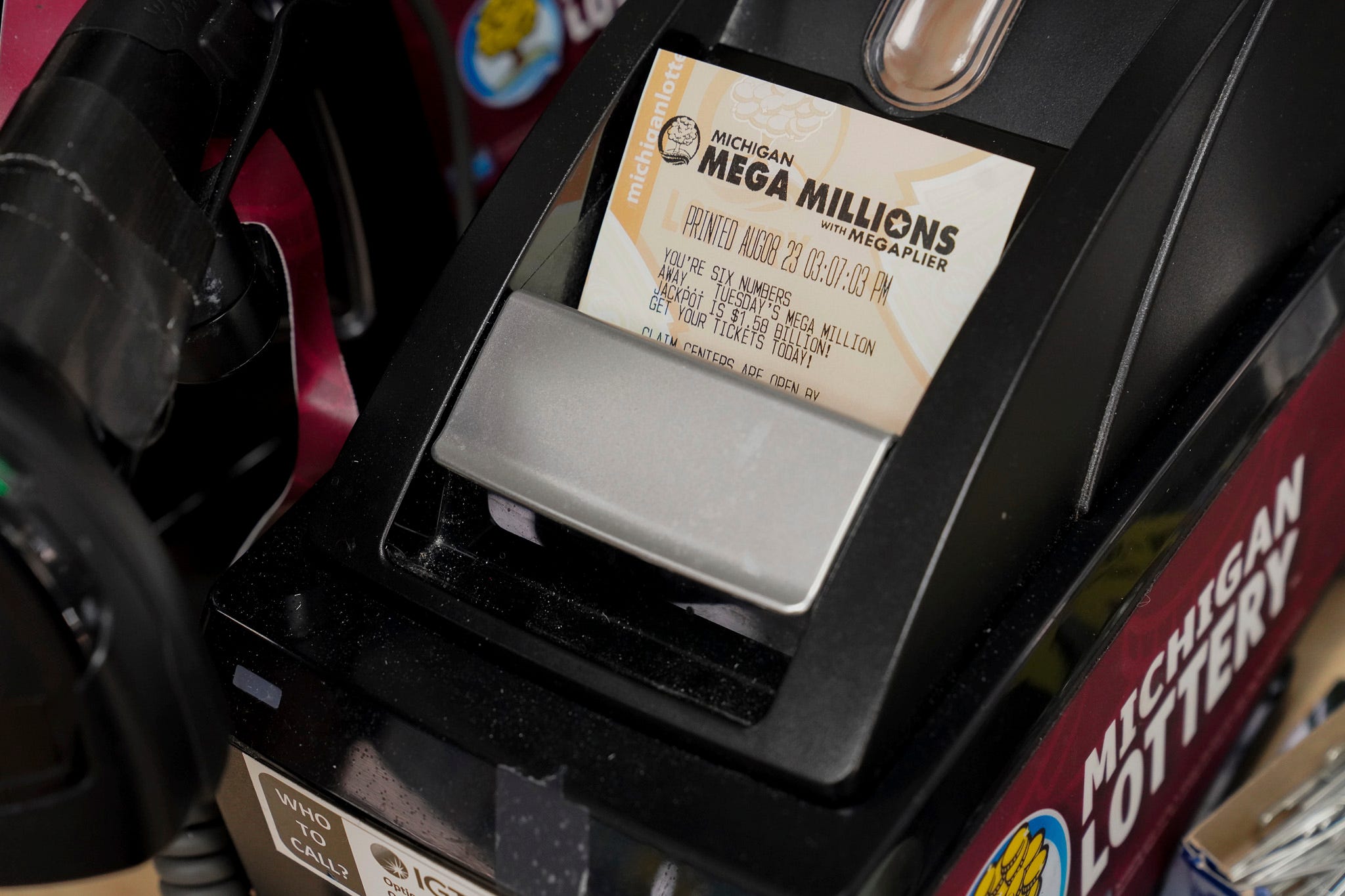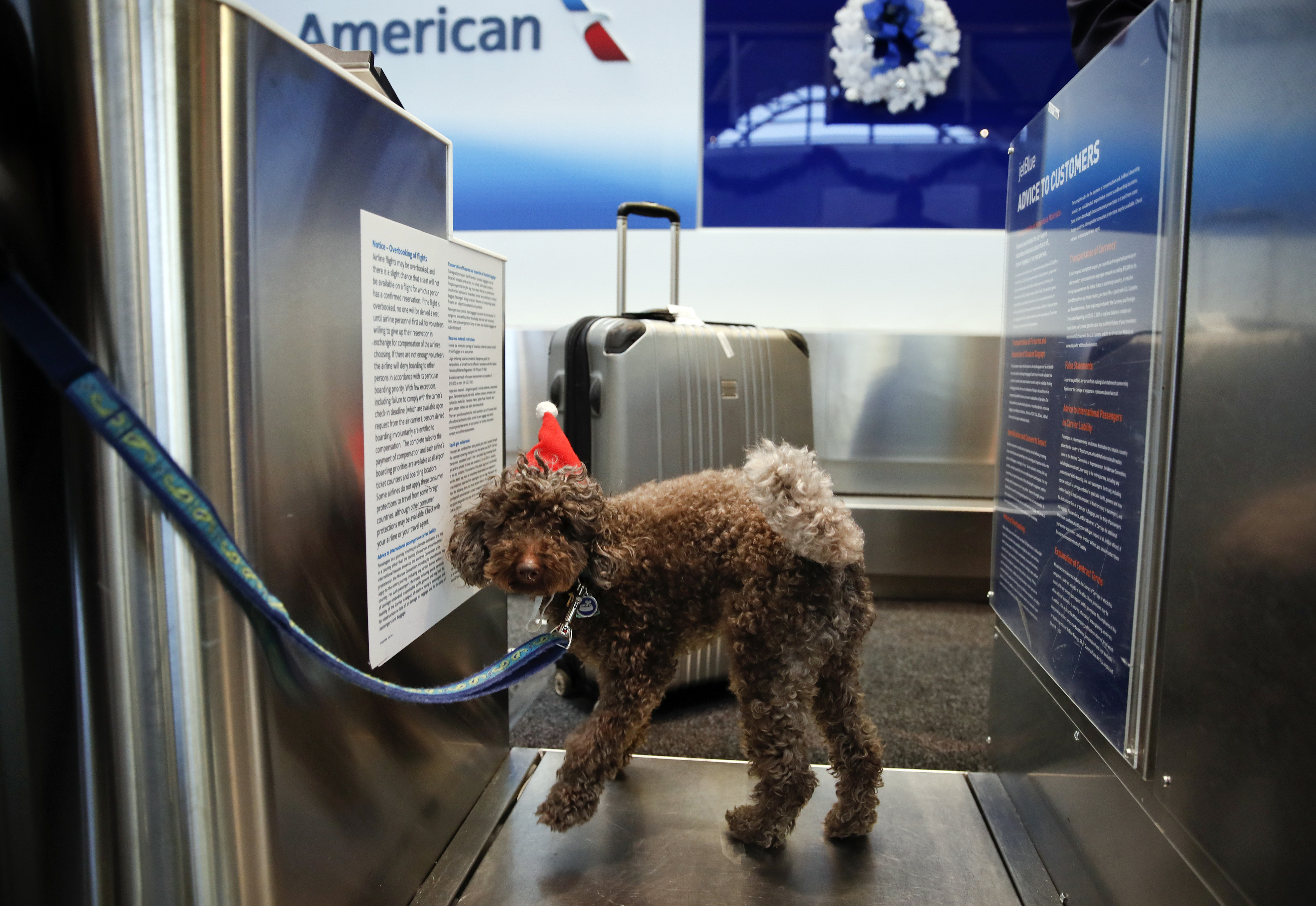When the High Line park opened in New York City, then-Mayor Michael Bloomberg predicted the transformation of the abandoned, elevated freight line into an artsy public promenade would be "an extraordinary gift to our city's future."
A decade later, there's no question the High Line has been a resounding success as an engine for tourism and neighborhood revitalization.
An estimated 8 million annual visitors now visit the park, which threads 1.5 miles through a transformed part of Manhattan. Once a land of industrial buildings, parking lots and auto repair businesses, the neighborhood is now anchored at one end by the dazzling new home of the Whitney Museum of American Art and at the other by Hudson Yards, a $25 billion development of skyscrapers, shops and a performing arts center.
But there's handwringing about whether the High Line is a victim of its own success.
In the beginning, the park was remarkable for its ability to lift visitors above the streetscape to a perch with unique vistas over mostly low-rise rooftops. It was a park in the sky. Now, it's nestled in a canyon of tall, luxury condominium buildings that have sprouted along its sides. Still cool, but different, and often choked with out-of-town visitors.
And some critics blame the High Line for the neighborhood's hyper-gentrification.
"When I first used to go up there I was pretty wowed by it," said Alex Reichl, a Queens College political science professor who has written about the High Line for the journal Urban Geography. "But it started to feel to me more and more that it was such an exclusive space and so lacking in the diversity that New York is known for. To me, it's always been kind of a missed opportunity."
Robert Hammond, who co-founded the High Line with Joshua David and serves as the executive director of the nonprofit that manages the park in partnership with the city, said it deserves neither all the credit nor all the blame for the ultra-luxury buildings now blocking some of its views.
"The High Line becomes a lightning rod for love and hate," he said. "This neighborhood was going to change. It was a manufacturing neighborhood. It was going to be rezoned."
Local
The net effect of the park, he said, has been incredibly positive.
Copied around the world - and itself inspired by the Promenade Plantée in Paris - the High Line marked its 10th anniversary by opening its final piece last week. The short section, called the Spur, straddles the intersection of 10th Avenue and West 30th Street, and connects the High Line to Hudson Yards.
It includes a dedicated art space called the Plinth, whose inaugural commission, a 16-foot-tall (5-meter-tall) bust of a black female figure by artist Simone Leigh, seems to rebuke the surrounding glass towers.
The sculpture, Brick House, is "a very powerful female presence in a very masculine, vertical landscape," said Cecilia Alemani, the High Line's chief art curator.
The High Line was originally built in the 1930s to raise freight trains above street level. Efforts to preserve the line started in the 1980s after the last trains delivered their loads, but the preservation movement wasn't universally embraced. Former Mayor Rudy Giuliani thought the tracks were an eyesore and wanted them torn down.
Back then, the blocks surrounding the High Line in Manhattan's West Chelsea neighborhood were largely undeveloped and considered dangerous by some.
Anthony Annaruma remembers driving there in the mid-1980s to go to a nightclub.
"The red light district that this was?" Annaruma said. "The prostitution? You would come up 11th Avenue, 10th Avenue, it would take you one hour to get to that light because they were all jumping in your car: 'Baby come here.'"
Annaruma is now working at the site of a new condo tower called the Jardim going up west of the High Line.
Julie Bauer, who bought an apartment a block east of the High Line shortly before it opened, said the area has changed dramatically.
"Tenth Avenue was always parking lots because everyone would come over from Jersey or wherever, come through the tunnel, park their car and then go do their business," she said. "And then the parking lots and garages all suddenly started getting converted to apartment buildings and galleries and things like that."
A 2016 study by the real estate website StreetEasy found that resale values for apartments adjacent to the High Line rose 10% faster than for comparable apartments a few blocks away.
Buildings abutting the High Line that have gone up since then or are under construction include Zaha Hadid's 520 W. 28th St., where an 11-room penthouse is listed at $58.5 million, and Thomas Heatherwick's barrel-windowed 515 W. 18th St., opening next year. The Hadid building is occupying land that was once a scrapyard. The Heatherwick lot once was home to the Roxy nightclub.
A recent visit to the High Line found tourists enjoying the lush greenery and bird's-eye views.
"It's very pretty," said Scott Sutton, of Cardiff, Wales, lounging on wooden chaise longue. "You don't expect to see anything like this in the middle of a city. It's just unusual, isn't it?"
The High Line's success has inspired dozens of efforts to turn abandoned pieces of infrastructure into parks, including about a dozen in the United States and Canada that are part of the High Line Network, set up by Hammond in part to help other projects navigate gentrification issues.
Kevin Dow, the executive director of Friends of the Rail Park in Philadelphia, said leaders of the Rail Park - whose first section opened last year - hope to create opportunities for development without alienating longtime residents or forcing them out.
"What we want to be able to do is engage deeply with our current community in a way that we retain that cultural fabric while adapting to the changing demographics that are coming in," Dow said.



